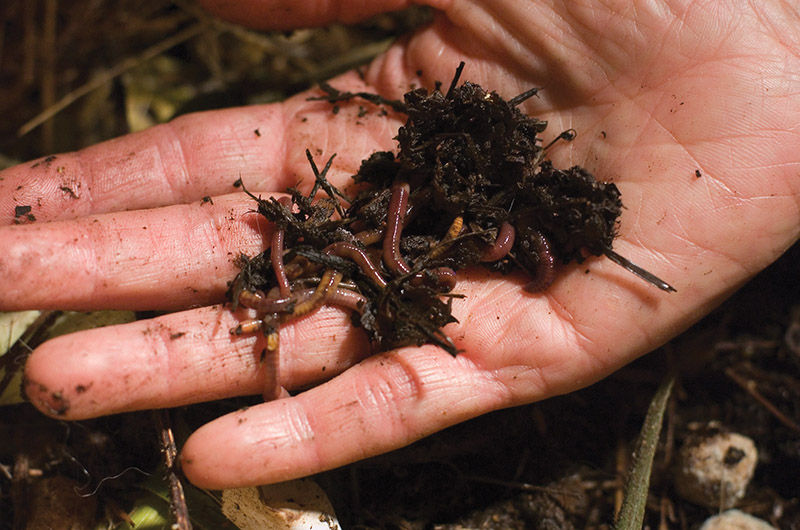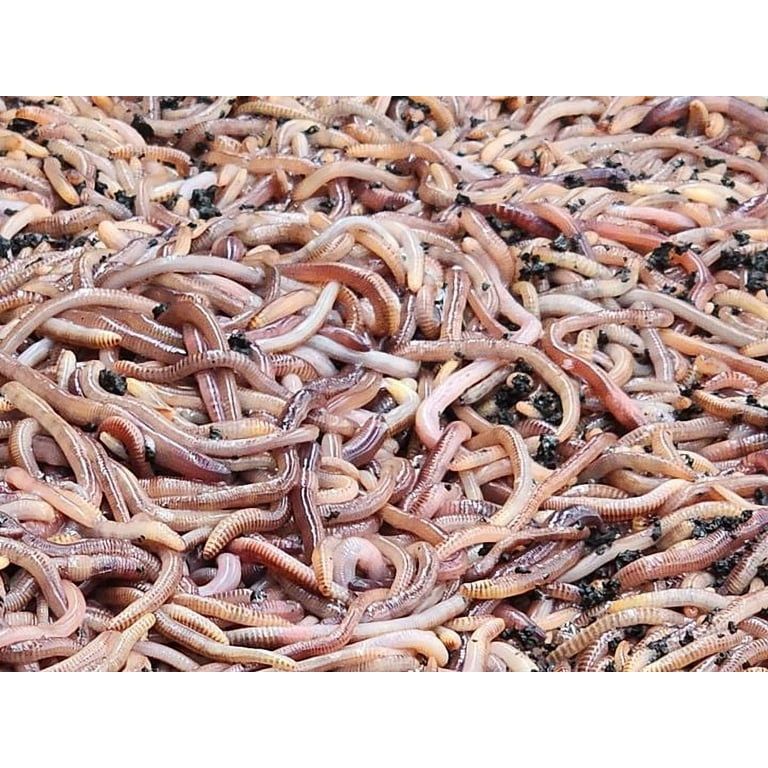Red worms: For compost systems
Why Red Wigglers Are the most effective Choice for Your Composting Needs
Red wigglers have arised as a remarkable selection for composting due to their exceptional capability to efficiently decay natural issue while producing premium worm spreadings. The journey to effective vermicomposting includes more than simply obtaining these worms, and understanding the optimal conditions and mistaken beliefs surrounding them is important for maximizing their possibility.
Benefits of Red Wigglers

Red wigglers prosper in a variety of conditions, making them versatile to different composting setups, from little bins to larger systems. They master vermicomposting, where their activity produces a top quality final product called worm castings, abundant in helpful bacteria and nutrients essential for plant growth. This all-natural plant food advertises soil health and wellness, boosts moisture retention, and boosts plant durability against pests and conditions.
In addition, employing red wigglers can dramatically lower methane exhausts associated with land fill waste, adding to ecological sustainability. Their convenience of treatment and marginal maintenance requirements make them suitable for both newbie and knowledgeable composters. Inevitably, incorporating red wigglers into your composting method not just promotes effective waste administration however likewise elevates the quality of your compost.
Ideal Composting Problems
Creating ideal composting problems is necessary for making the most of the effectiveness of red wigglers in breaking down raw material. These worms prosper in a regulated atmosphere that imitates their all-natural environment, which largely is composed of damp, dark, and well-aerated rooms. To attain this, keeping a temperature level variety of 55 ° F to 77 ° F is critical, as severe temperature levels can inhibit their task or even lead to death.
(red wigglers for sale cheap)Moisture levels should also be carefully checked; red wigglers require a damp environment, preferably around 70% wetness material. Way too much dampness can lead to anaerobic problems, while inadequate moisture can trigger dehydration. Additionally, a well balanced carbon-to-nitrogen proportion, preferably around 25:1 to 30:1, sustains ideal food digestion and nutrient cycling.
Furthermore, the composting tool must be kept loosened and aerated, permitting for correct air movement. This not just benefits the worms yet also help in the malfunction of natural materials. By guaranteeing these perfect conditions, composters can produce a thriving community that enhances the performance of red wigglers, eventually leading to abundant, nutrient-dense compost.
Exactly How to Start Vermicomposting
Starting vermicomposting is a straightforward procedure that can yield substantial benefits for both your garden and the environment. To begin, select a suitable container, such as a plastic container or a wooden box, ensuring it has ventilation openings for airflow. A size of about 15 to 20 gallons is ideal for small-scale operations.
Next, prepare the bed linen material, which must be a blend of shredded newspaper, cardboard, and coconut coir. This bed linens offers a comfortable environment for the worms while maintaining wetness. Purpose for a bed linen deepness of about 4 to 6 inches.
When the bed linens is prepared, present red wigglers right into the container. A populace of about 1,000 worms is sufficient for processing kitchen scraps properly. After including the worms, incorporate a balanced mix of environment-friendly materials, such as vegetables and fruit scraps, together with brownish materials, like dried leaves.

Nutrient-Rich Castings
(red wiggler composting worms)The red wigglers in your vermicomposting system play an important function in generating nutrient-rich spreadings, a highly desired natural plant food. These spreadings, usually referred to as worm humus, are the result of the worms absorbing raw material and eliminating it in a kind that is unbelievably helpful for plants.
Rich in necessary nutrients such as nitrogen, phosphorus, and potassium, worm castings offer a balanced resource of fertility that enhances dirt framework and promotes healthy plant growth. In addition, they include beneficial microorganisms that additionally boost soil health and wellness, assisting in nutrient absorption and disease resistance.
The slow-release nature of worm castings makes certain that nutrients are readily available to plants over an extensive duration, lowering the danger of nutrient leaching and hence contributing to sustainable gardening techniques. Unlike artificial plant foods, which can bring about dirt degradation over time, worm spreadings improve the dirt's physical, chemical, and biological properties.
As a result, integrating red wigglers right into your composting initiatives not only minimizes waste however additionally creates a premium organic modification that significantly profits gardens, landscapes, and potted plants alike. - red wigglers
Typical Misconceptions About Worms
While numerous individuals identify the advantages of utilizing worms in composting, several false impressions linger concerning their biology and behavior. One common misconception is that all worms are just as reliable for composting, when in fact, only certain species, like red wigglers, prosper in organic waste environments. These worms are particularly adapted to composting, making them ideal for this purpose.
Another misconception is that worms are delicate and need excessively specific conditions to endure. In truth, red wigglers are quite resilient, able to tolerate a range of temperatures and dampness levels, supplied they are kept within an ideal array.
Furthermore, some believe that worms consume all types of food waste indiscriminately. Nevertheless, red wigglers like certain natural materials, such as fruit and vegetable scraps, and can battle with meat, dairy products, and oily foods, which can create odors and attract insects.
Final Thought
To conclude, red wigglers stand for an optimal option for composting as a result of their fast disintegration capabilities and adaptability to different environments. The nutrient-rich spreadings generated his comment is here considerably enhance dirt health, advertising sustainable horticulture techniques. Understanding the ideal problems for vermicomposting and resolving common mistaken beliefs concerning these worms even more strengthens their duty in efficient waste monitoring. red wigglers. By leveraging the advantages of red wigglers, people and neighborhoods can add to a more sustainable and environmentally friendly method to natural waste disposal.